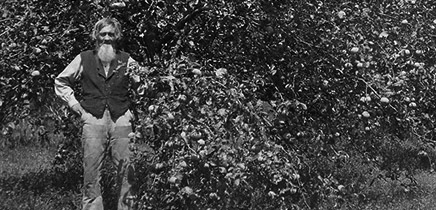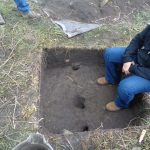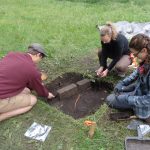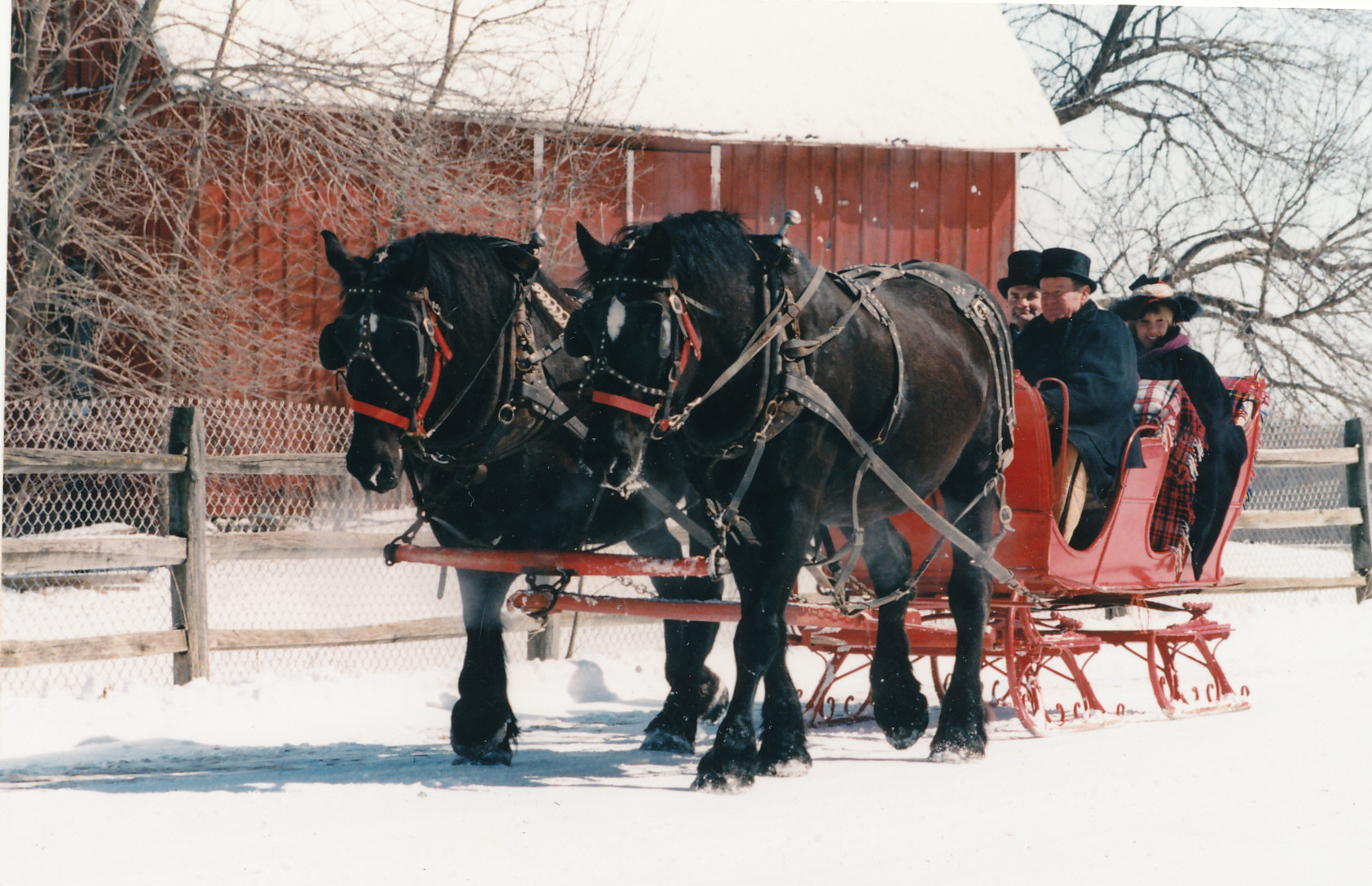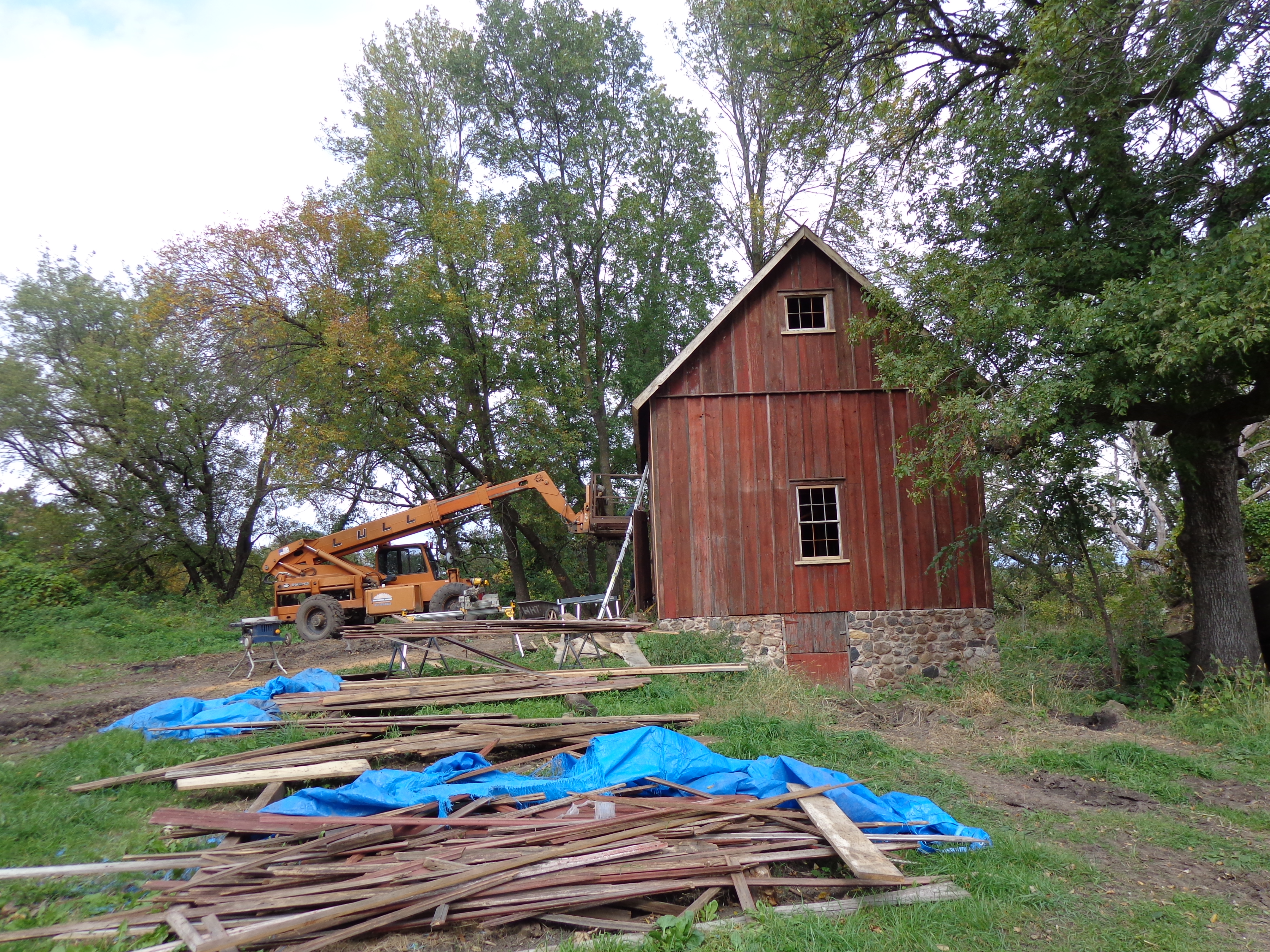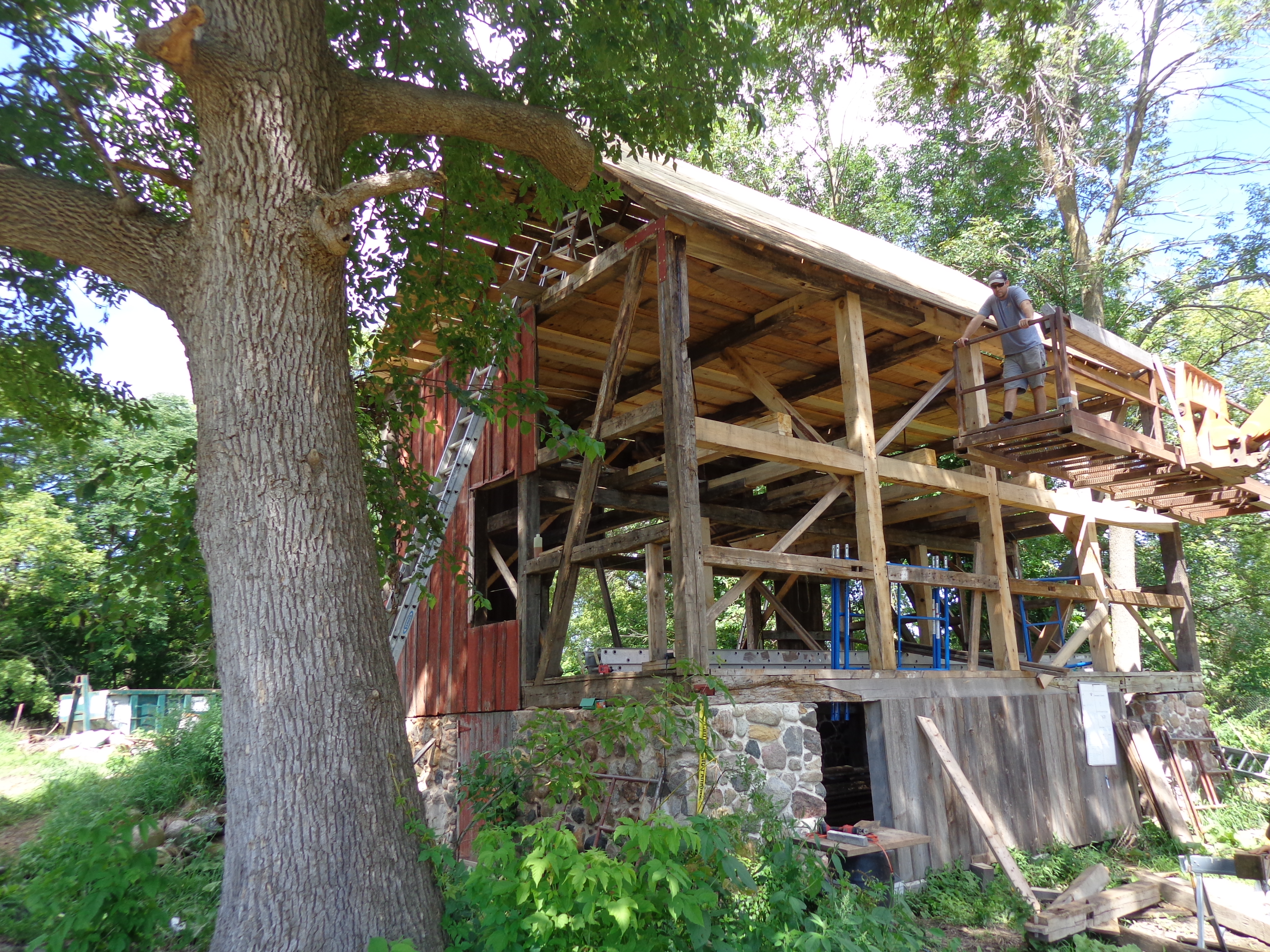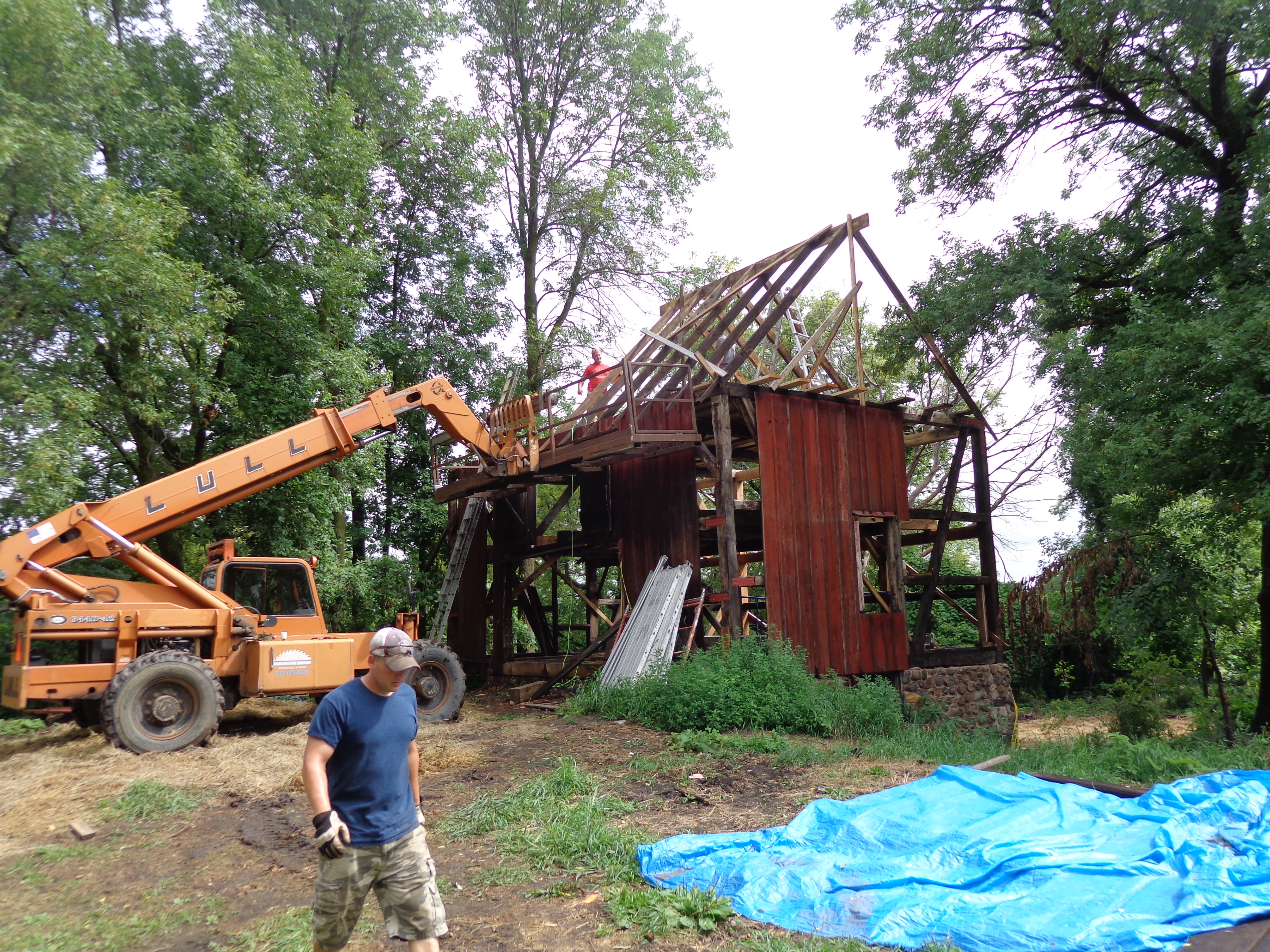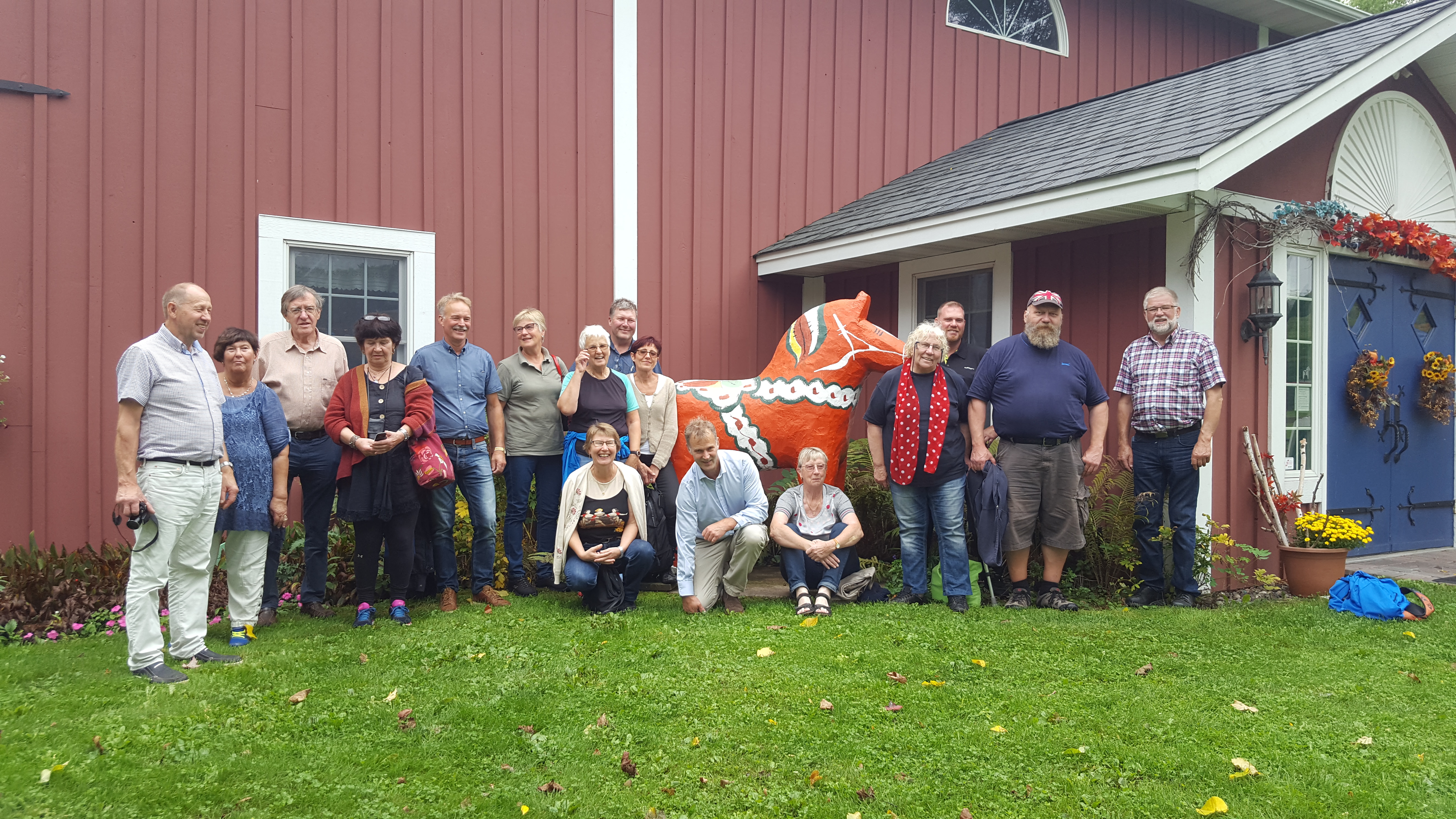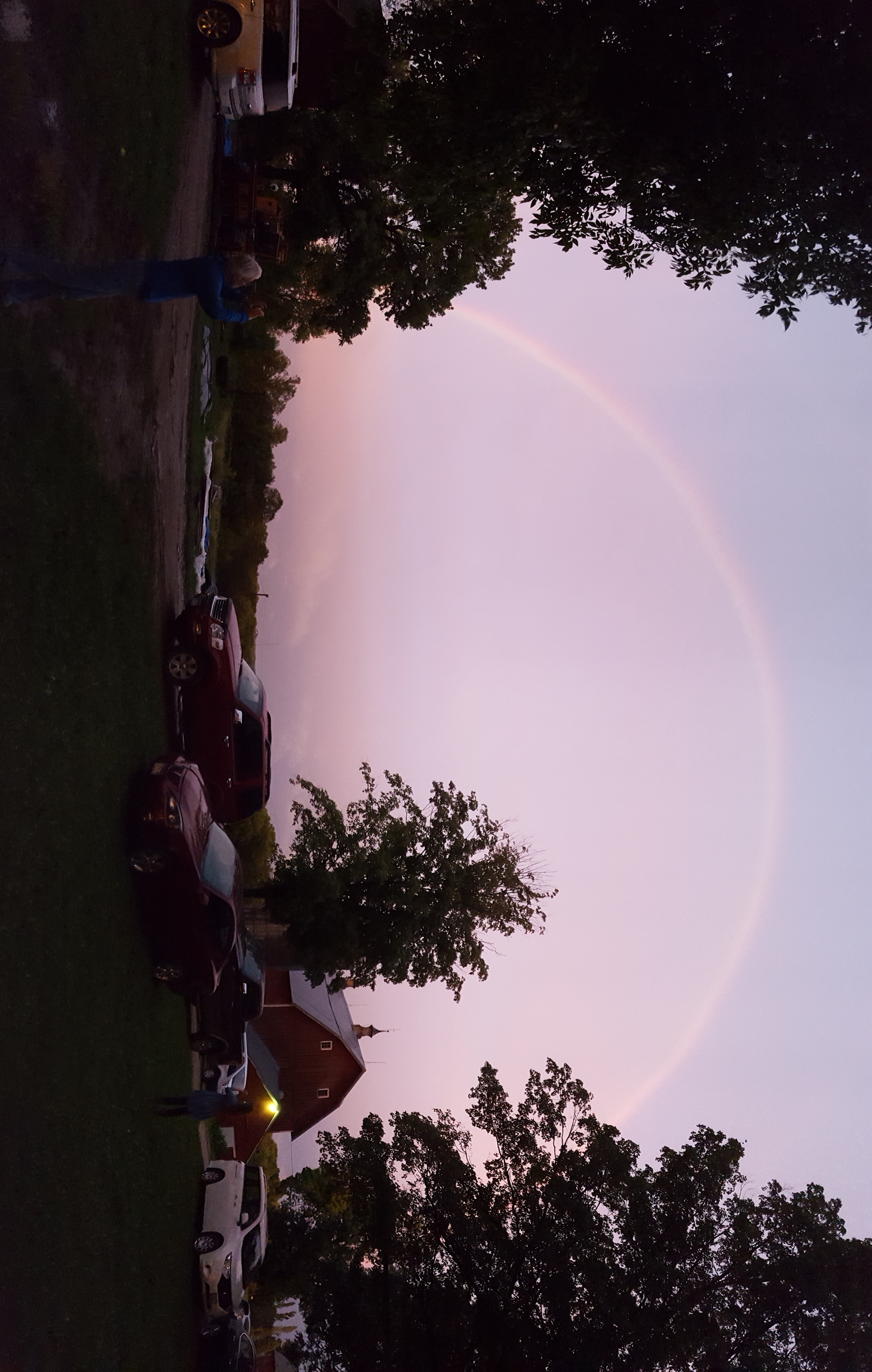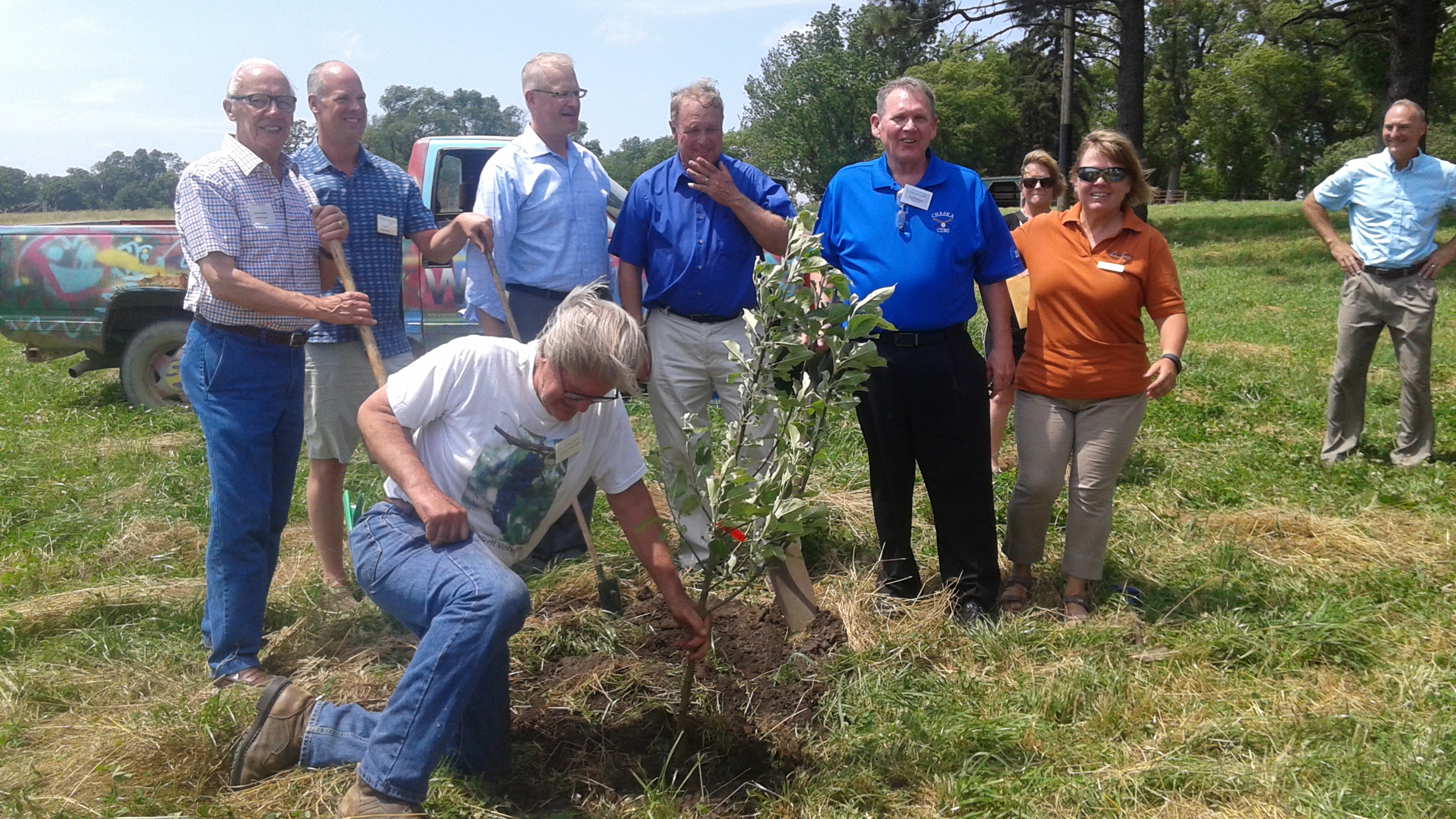News Release
Media Contact: NTHP Public Affairs, 202.588.6141, pr@savingplaces.org
| The Carver County Historical Society was awarded $10,000 to be applied towards the Historic Structure Report at the Andrew Peterson Farmstead. |
Waconia, Minnesota –The Carver County Historical Society – Historic Andrew Peterson Farmstead was awarded a $10,000 grant by the National Trust for Historic Preservation from Sweatt Fund from Montana. These grant funds will be used to prepare a Historic Structure Report for the Historic Andrew Peterson Farmstead.
“Organizations like the Carver County Historical Society, help to ensure that communities and towns all across America retain their unique sense of place,” said Stephanie Meeks, president of the National Trust for Historic Preservation. “We are honored to provide a grant to the Carver County Historical Society, which will use the funds to help preserve an important piece of our shared national heritage.”
Grants from the National Trust Preservation Funds range from $2,500 to $5,000 and have provided over $15 million since 2003. These matching grants are awarded to nonprofit organizations and public agencies across the country to support wide-ranging activities including consultant services for rehabilitating buildings, technical assistance for tourism that promotes historic resources, and the development of materials for education and outreach campaigns.
For more information on National Trust for Historic Preservation’s Preservation Fund grants, visit:
www.PreservationNation.org/funding
About the Carver County Historical Society
The Carver County Historical Society is a 76 year old organization dedicated to collecting, preserving, and interpreting the history of Carver County. The Historic Andrew Peterson Farmstead was placed on the National Register of Historic Places in 1978. It is the intent of the CCHS, that the farm becomes a public place of learning and enjoyment. With that in mind, the following mission statement for the farm was adopted.
Preservation and interpretation of the Andrew Peterson farm through the lens of Minnesota’s rich immigrant and agricultural history is a key mission of the Carver County Historical Society. Through the Andrew Peterson farm and his historically relevant diaries, CCHS encourages visitors of all ages to discover our diverse cultural heritage and to understand how the past shapes the present – and the future
About the National Trust for Historic Preservation
The National Trust for Historic Preservation is a privately-funded nonprofit organization that works to save America’s historic places to enrich our future. The National Trust for Historic Preservation is committed to protecting America’s rich cultural legacy and helping build vibrant, sustainable communities that reflect our nation’s diversity. Follow us on Twitter @savingplaces.
The National Trust for Historic Preservation, a privately funded nonprofit organization, works to save America’s historic places.

